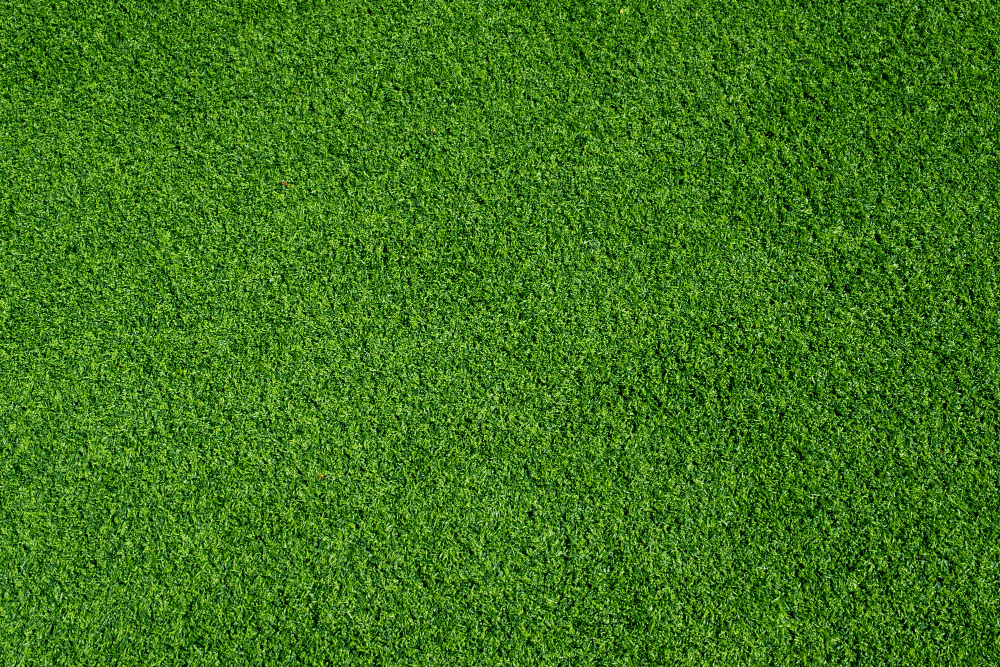Why Sand Infill for Artificial Grass is Better

Artificial grass has come a long way over the past few years, and it's no longer just a cheap alternative to real grass. From being used in sporting arenas to residential landscapes, artificial grass has become a popular choice for those who want a lush green garden all year round without the hassle of maintenance. However, not all artificial grass is created equal. One of the factors that significantly impact the performance of artificial grass is the infill material used in its installation.
In this blog, we'll shed some light on why sand infill is a better option for artificial grass compared to other options. We'll also cover the benefits of using sand infill and why it's a more suitable choice for the long-term maintenance of your artificial grass.
1. Improves Traction and Durability
Sand infill adds weight to artificial grass, which helps it stay in place and improves its traction. It also adds durability to the grass, which is essential for high traffic areas such as sports fields or playgrounds. Sand infill helps maintain the structure and fibers of the artificial grass, making it last longer and preserve the integrity of your investment.
2. Provides Drainage
One of the main concerns with artificial grass is its inability to drain water away from the surface. However, by adding sand infill, you can improve the drainage of your artificial grass. The sand acts as a filter and helps water move away from the surface more efficiently. This is beneficial in areas that experience heavy rainfall and require proper drainage to prevent water from pooling in one area.
3. Prevents Bunching
A common problem that artificial grass owners encounter is bunching, which occurs when the grass fibers start grouping together and become uneven over time. Adding sand infill can prevent this from happening by providing more weight, holding down the fibers, and keeping the grass surface consistently level.
4. Easier Maintenance
With synthetic grass, maintenance is minimal, but it's still essential to keep the surface clean of debris and leaves. Sand infill makes this task more manageable by keeping the artificial grass fibers from being compressed or flattened, making it easier to remove debris, leaves, and other matter.
5. Cost-Effective
Lastly, sand infill is cost-effective compared to other infill options. It's an inexpensive material that adds weight and stability to your artificial grass, almost paying for itself in the long run due to its durability and longer lifespan.
Conclusion
When it comes to installing artificial grass, selecting the right infill material can impact the longevity and performance of your investment. Sand infill offers the best benefits compared to other infill options, improving traction, drainage, and durability while preventing bunching and requiring minimal maintenance. From a cost perspective, sand infill is a readily available and cost-effective option that offers long-term benefits to the longevity and maintenance of your artificial grass.
If you are looking to install artificial grass, be sure to consider sand infill as your choice for a durable and reliable surface. Contact From The Ground Up Landscaping today for a free estimate on our high-quality chipping green turf in Florida. Our team of experts is here to help you achieve that lush green garden that requires minimal work and maintenance.